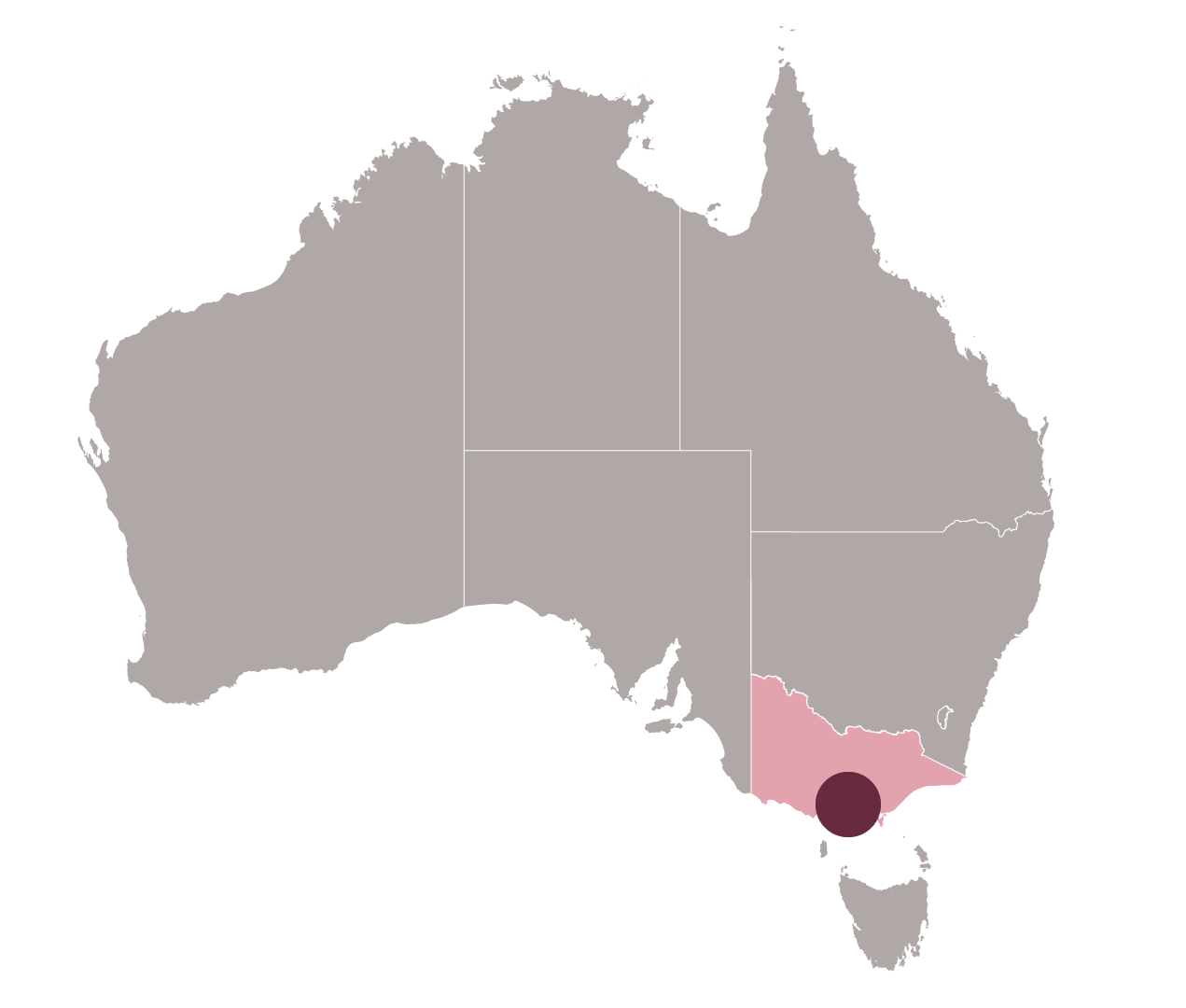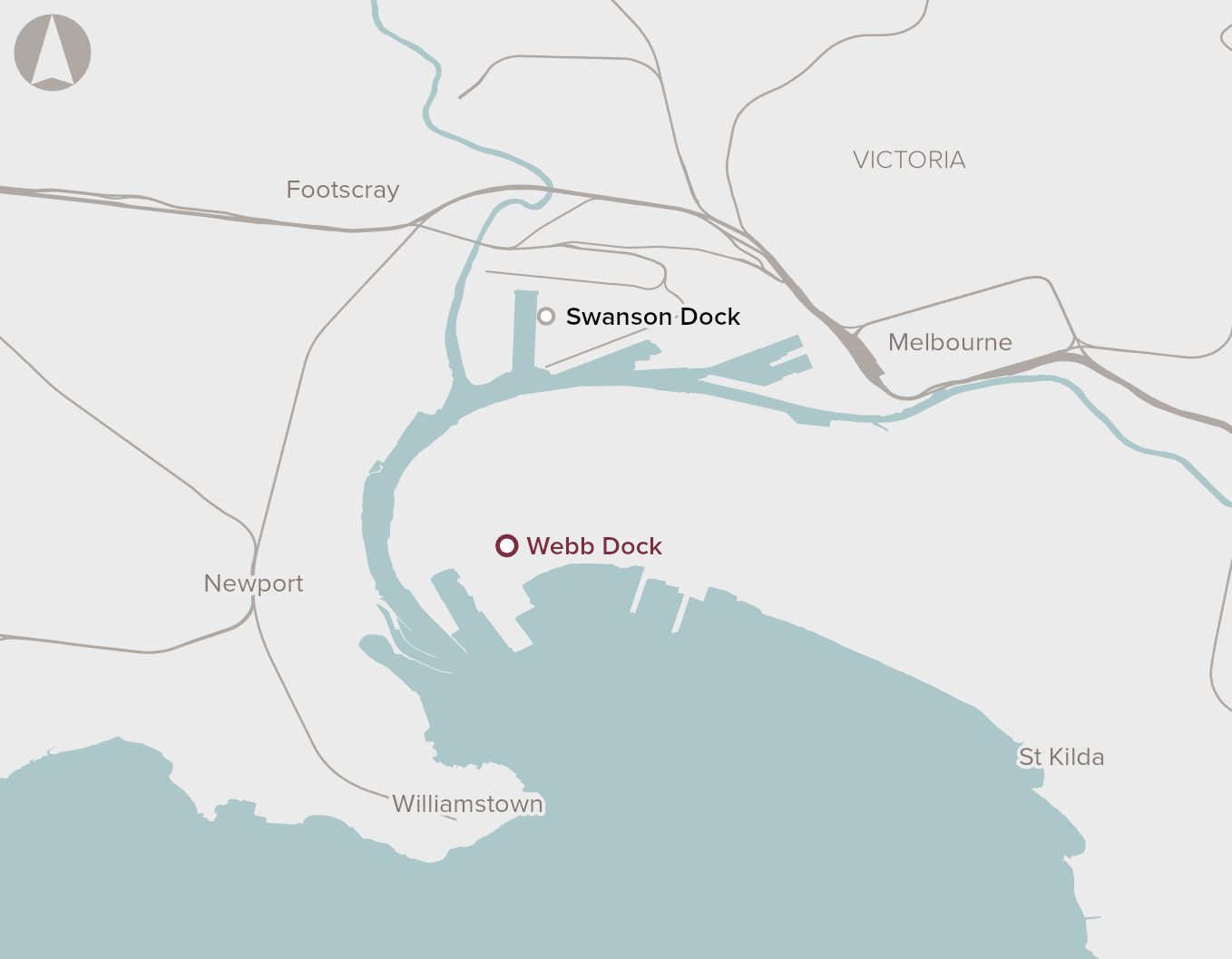

The number of containers handled by the Port of Melbourne is forecast to grow from 3 million twenty-foot equivalent container units (TEUs) in 2019 to close to 9 million TEU by 2050.
The majority of this growth in containers will need to be delivered at Webb Dock. However, with the existing infrastructure, all freight to and from Webb Dock is carried by road. This results in increased congestion on the surrounding road network.
Road network capacity in and around the port precinct has limited capacity. Future growth in road demand will constrain efficient freight movements.
This will lead to higher costs for importers and exporters, reduced efficiency of trucking vehicles by service providers and reduced throughput for stevedores.
The 2019 Australian Infrastructure Audit found that freight transport in our fast-growing cities is impacted by congestion, leading to increased costs. If this is not addressed, delays in our urban supply chains will become more common and costs will increase as our cities grow.
The Infrastructure Priority List includes an Early-Stage Proposal for Melbourne container terminal capacity and land transport access, which recognises the longer-term need to plan for and construct additional container terminal capacity in Melbourne.
Potential options to address the proposal include new rail connections to Webb Dock or reinstating the previously decommissioned rail corridor. The proposal aims to support container growth, maintain freight efficiency and reduce congestion on the surrounding road network.
The Port of Melbourne’s 2050 Port Development Strategy indicates that a rail connection to Webb Dock will be needed by 2030-35 to support planned container terminal capacity.
Proponent to identify and analyse potential investment options (Stage 2 of Infrastructure Australia’s Assessment Framework).


 EVALUATION COMPLETE
EVALUATION COMPLETE




